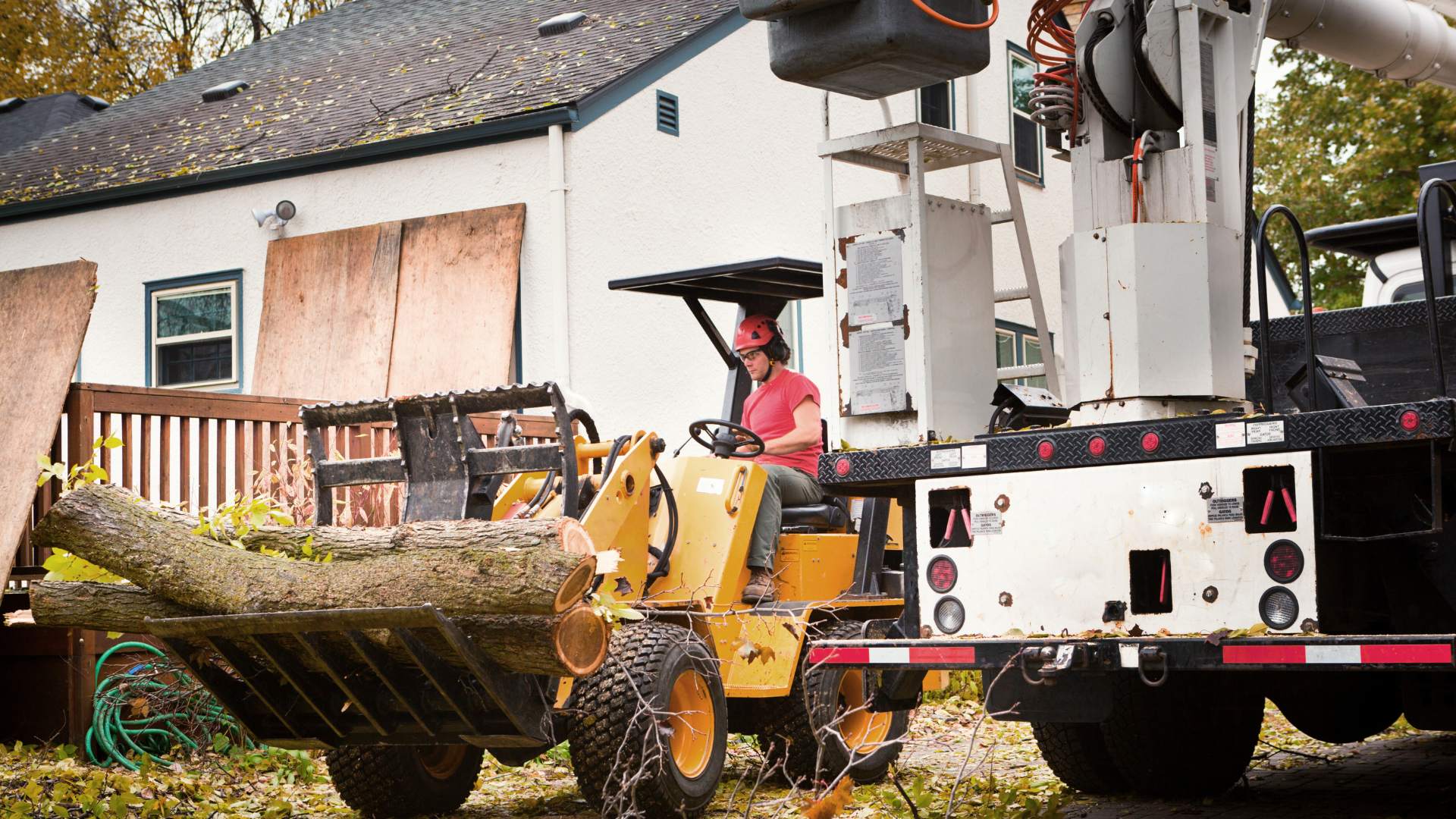Trees add beauty, shade, and value to any property, but there are times when they can become a liability. Whether due to disease, structural instability, or safety concerns, tree removal may be necessary to protect your home and landscape. Knowing the signs of a tree in distress can help you take action before it becomes a serious problem. Here are the key indicators that it’s time to remove a tree from your property.
Visible Signs of Disease
Just like humans, trees can suffer from diseases that weaken their structure and make them hazardous. Signs of a diseased tree include:
- Discolored or wilting leaves
- Fungal growth, such as mushrooms, on the trunk or roots
- Peeling or cracked bark
- Dead branches that easily break
If you notice multiple symptoms, consult a professional arborist to assess the tree’s health.
Severe Structural Damage
Storms, strong winds, or even improper pruning can cause significant structural damage to a tree. If you see large cracks in the trunk, split limbs, or a leaning tree, it may be at risk of falling. Trees with severe damage should be evaluated promptly to prevent accidents.
Pest Infestation
Insects and pests can weaken a tree from the inside out. Common culprits include termites, bark beetles, and carpenter ants. Signs of infestation include:
- Small holes in the bark
- Sawdust-like residue near the base
- Hollow or brittle wood
- Unusual leaf loss or thinning canopy
Pest-infested trees may be unsalvageable and could pose a threat to nearby plants and structures.
Root Damage
Healthy roots provide stability, but when they are damaged by construction, soil erosion, or disease, the tree can become unstable. Signs of root damage include:
- Visible roots that appear decayed or broken
- A leaning tree with exposed roots
- Poor growth or sudden leaf drop
A tree with compromised roots is at a high risk of toppling and should be assessed by a tree care professional.
Proximity to Structures or Power Lines
If a tree is too close to your home, garage, or power lines, it could pose a significant risk. Overgrown branches can damage roofs, siding, and utility lines during storms. If pruning isn’t enough to manage the risk, removal may be the safest option.
The Tree is Dead
A dead tree is a major safety hazard. Without the ability to produce new growth, its branches and trunk weaken over time, making it more susceptible to falling. Signs of a dead tree include:
- No leaves during the growing season
- Bark that peels off in large sections
- Brittle branches that snap easily
Dead trees should be removed as soon as possible to prevent damage or injury.
Final Thoughts
Tree removal is sometimes necessary to maintain a safe and healthy landscape. If you notice any of these warning signs, don’t wait until it’s too late. Consult a professional tree removal service to assess the situation and determine the best course of action. Protecting your property and loved ones starts with recognizing when it’s time to take action.
Need expert tree removal services? Contact us today to schedule an inspection!

